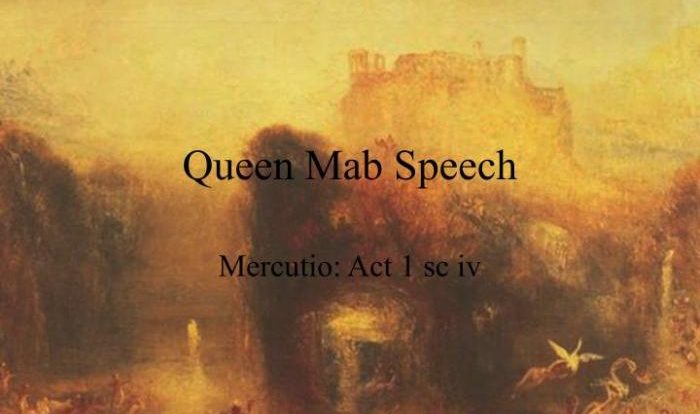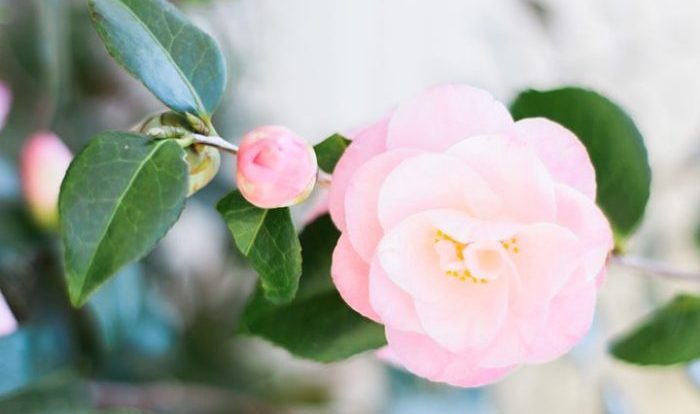Roses in The Scarlet Letter takes center stage in this literary analysis, inviting readers to delve into the rich symbolism, character development, and critical perspectives surrounding this captivating novel.
Roses, imbued with profound meanings, serve as a poignant motif throughout the narrative, mirroring the complexities of human emotions, societal judgments, and the transformative power of redemption.
Symbolism of Roses in the Scarlet Letter
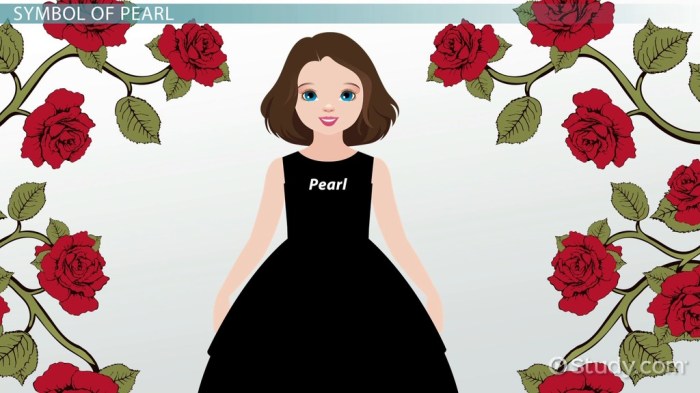
Roses play a significant role in Nathaniel Hawthorne’s The Scarlet Letter, serving as powerful symbols of passion, love, and beauty. Their presence throughout the novel underscores the themes of sin, redemption, and the enduring power of human emotions.
Roses as Symbols of Passion, Roses in the scarlet letter
Roses are often associated with passionate love and desire. In The Scarlet Letter, they represent the intense emotions between Hester Prynne and Arthur Dimmesdale. The illicit nature of their relationship is reflected in the secrecy and shame surrounding their encounters, much like the thorns that protect the delicate petals of a rose.
For example, when Hester and Dimmesdale meet in the forest, the “wild roses” that grow around them symbolize the passionate and forbidden nature of their love.
Roses as Symbols of Love
Beyond passion, roses also embody the enduring power of love. Despite the societal condemnation they face, Hester and Dimmesdale’s love for each other remains strong and unwavering. The roses that bloom in the garden of their cottage represent the resilience of their bond, even in the face of adversity.
The “rose-bush” that grows beside the prison door where Hester is held captive further emphasizes the enduring nature of love. It symbolizes the hope and possibility of redemption, even for those who have committed sins.
In Nathaniel Hawthorne’s The Scarlet Letter, roses play a significant role, symbolizing both passion and shame. However, if we were to shift our focus from the fictional realm to the real world, we might stumble upon a different kind of expenditure.
Kristin, for instance, spent a whopping 131 on shirts . While this may seem unrelated to our literary discussion, it serves as a reminder that life is filled with both thorns and roses, and that even in the midst of fictional tales, the mundane realities of daily life can sometimes intrude.
Roses as Symbols of Beauty
Roses are also symbols of beauty, both physical and spiritual. Hester’s scarlet letter, which is initially a mark of shame, gradually transforms into a symbol of her inner strength and resilience. Like the delicate beauty of a rose, Hester’s character blossoms amidst adversity.
The “faded rose” that Dimmesdale wears on his chest represents the hidden beauty of his soul. Despite his secret sin, Dimmesdale possesses a compassionate and loving heart, which is ultimately revealed through his sacrifice.
The Significance of the Color Scarlet
The color scarlet, which is associated with both passion and sin, adds to the symbolism of the roses in The Scarlet Letter. The scarlet letter that Hester is forced to wear is a constant reminder of her past transgression, yet it also becomes a symbol of her strength and determination.
The “scarlet rose” that blooms in the garden of the governor’s mansion further emphasizes the complex and contradictory nature of the novel’s themes. It represents both the beauty and the danger of passion, and the potential for redemption even in the face of great sin.
The Role of Roses in Character Development: Roses In The Scarlet Letter
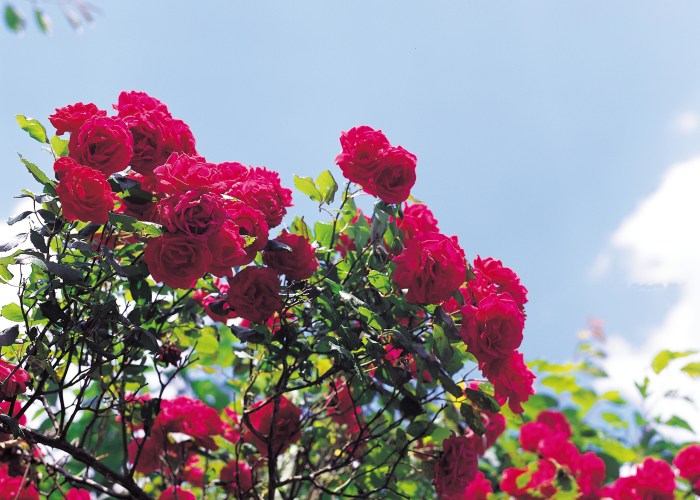
Roses, with their complex symbolism, play a pivotal role in the character development of Hester Prynne. They serve as a mirror into her inner struggles, symbolizing her journey towards redemption and exposing the hypocrisy of the Puritan society.
Roses as a Symbol of Hester’s Inner Struggles
The roses growing around the prison door represent Hester’s inner turmoil and her struggle to reconcile her past with her present. They embody her shame and guilt, but also her resilience and hope for redemption. As the novel progresses, the roses bloom more profusely, reflecting Hester’s gradual transformation and her growing acceptance of her identity as an outcast.
Roses as a Symbol of Redemption
Despite the stigma attached to her, Hester’s connection to roses suggests that she is not beyond redemption. The roses symbolize her capacity for growth and change, and her ability to overcome the judgment and condemnation of others. Her eventual establishment of a new life in a different community shows that she can rise above her past and find acceptance and love.
Roses as a Symbol of Puritan Hypocrisy
The Puritans’ condemnation of Hester for her sin while they themselves indulge in secret vices is revealed through the presence of roses. The roses, with their beauty and fragrance, stand in contrast to the harsh and unforgiving nature of the Puritan society.
They expose the hypocrisy of those who claim to be morally superior but are quick to judge and condemn others.
Roses as a Motif in the Novel

Roses serve as a prominent motif throughout Nathaniel Hawthorne’s “The Scarlet Letter,” appearing in various contexts and connecting different characters and themes. Their presence foreshadows plot developments and reveals significant aspects of the narrative.
Roses and the Characters
- Hester Prynne:The scarlet letter “A” embroidered on Hester’s bosom features intricate rose designs, symbolizing her sin and shame but also her resilience and inner beauty.
- Arthur Dimmesdale:Dimmesdale’s connection to roses is more subtle, as he is often associated with their fragrance. The sweet scent represents his hidden sin and the torment it brings.
- Roger Chillingworth:Chillingworth is likened to a “spider” weaving his web around Dimmesdale, just as roses have thorns that can ensnare and inflict pain.
Roses and the Themes
- Guilt and Redemption:Roses are both beautiful and dangerous, reflecting the characters’ struggle with guilt and their search for redemption.
- Nature and Humanity:Roses are a natural element that interacts with the human characters, blurring the boundaries between the two.
- Isolation and Connection:The roses in the garden represent Hester’s isolation from society, while the wild roses in the forest symbolize her connection to nature and her inner self.
Roses and Foreshadowing
The motif of roses foreshadows important events in the novel:
- The wild rosebush where Hester and Dimmesdale meet is a symbol of their secret love and the potential for their redemption.
- The withered rosebush in the garden reflects Hester’s isolation and the decay of her spirit.
- The rose that blooms on Dimmesdale’s grave represents his newfound peace and the hope for his soul’s salvation.
Visual Representations of Roses
The visual depictions of roses in different editions of The Scarlet Letteroffer unique interpretations of the flower’s symbolism. These illustrations enhance the reader’s understanding by conveying the emotional and thematic significance of roses through artistic expression.
Color and Symbolism
The color of roses in illustrations plays a crucial role in conveying their symbolism. Red roses, the most common depiction, symbolize passion, love, and guilt. In N.C. Wyeth’s 1911 illustration, the deep red roses entwined around Hester Prynne’s scaffold evoke her passionate nature and the guilt she carries.
White roses, on the other hand, represent purity, innocence, and redemption. In Arthur Rackham’s 1906 illustration, a single white rose blossoms beside the brook where Hester and Arthur Dimmesdale meet, suggesting the possibility of redemption amidst their sin.
Composition and Meaning
The composition of roses in illustrations also contributes to their meaning. In Edmund Dulac’s 1910 illustration, a tangle of thorny red roses surrounds Hester’s head, representing the isolation and judgment she faces. Conversely, in Jessie Willcox Smith’s 1912 illustration, a single red rose blooms on Hester’s bosom, symbolizing her enduring love for Dimmesdale.
The placement of roses in relation to characters can also convey symbolic meaning. In Howard Pyle’s 1903 illustration, a rose bush flourishes behind Hester and Dimmesdale as they meet in the forest, representing the hope and possibility of their love.
Roses in Literary Criticism
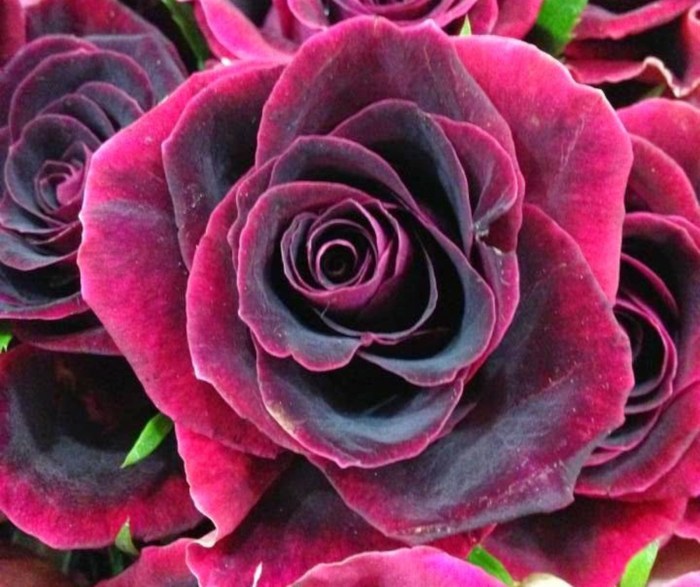
Roses have been the subject of extensive critical analysis in the study of The Scarlet Letter. Scholars have approached the symbolism of roses from various perspectives, offering diverse interpretations of their significance in shaping the novel’s themes and characters.
Diverse Perspectives
One prevalent interpretation views roses as symbols of passion, desire, and sin. The scarlet letter “A” on Hester’s bosom is often likened to a rose, reflecting the forbidden love between Hester and Arthur Dimmesdale. The presence of wild roses near their meeting place suggests the untamed and dangerous nature of their relationship.Another
critical perspective emphasizes the redemptive and transformative power of roses. As the novel progresses, the roses around Hester’s cottage flourish, symbolizing her growth and resilience despite the stigma she bears. The final image of roses blooming on Dimmesdale’s grave suggests the possibility of redemption and the transcendence of sin through love and sacrifice.
Areas of Debate
Despite the general consensus on the symbolic significance of roses, there are areas of debate and controversy. Some scholars argue that the roses represent the hypocrisy and judgmental nature of Puritan society, while others contend that they symbolize the inherent beauty and resilience of the human spirit.The
interpretation of roses as a symbol of Hester’s sexuality has also been contested. While some critics view the roses as a manifestation of her illicit desire, others suggest that they represent her strength and agency as a woman.
Conclusion
The diverse critical perspectives on the symbolism of roses in The Scarlet Letterhighlight the richness and complexity of Hawthorne’s work. The roses serve as multi-layered symbols, reflecting the novel’s exploration of themes such as sin, redemption, and the human condition. By examining the different interpretations of roses, readers gain a deeper understanding of the novel’s characters and the enduring relevance of its themes.
Helpful Answers
What is the significance of the color scarlet in the symbolism of roses?
The color scarlet intensifies the symbolism of roses, representing passion, sin, and the mark of shame.
How do roses contribute to Hester Prynne’s character development?
Roses symbolize Hester’s inner struggles, her journey towards redemption, and the hypocrisy of Puritan society.
In what ways do roses serve as a motif in the novel?
Roses appear in various contexts, connecting characters and themes, foreshadowing plot developments, and revealing the complexities of human nature.
